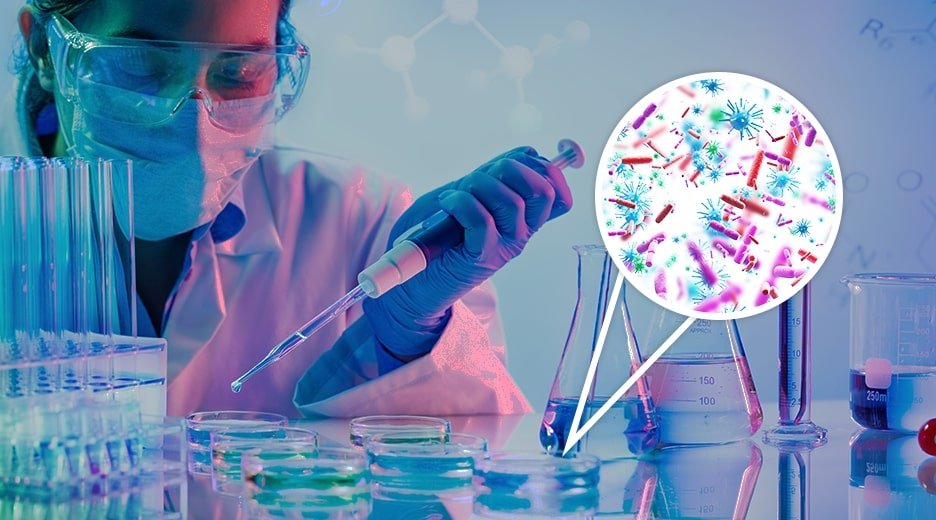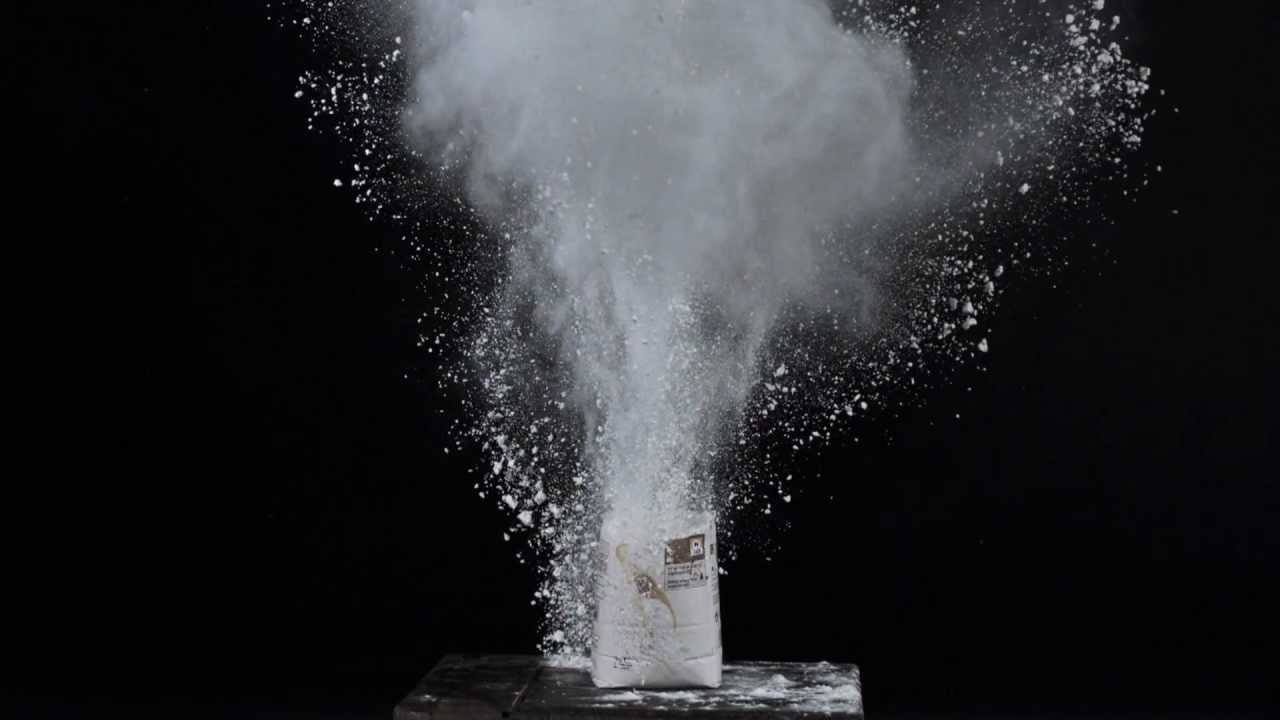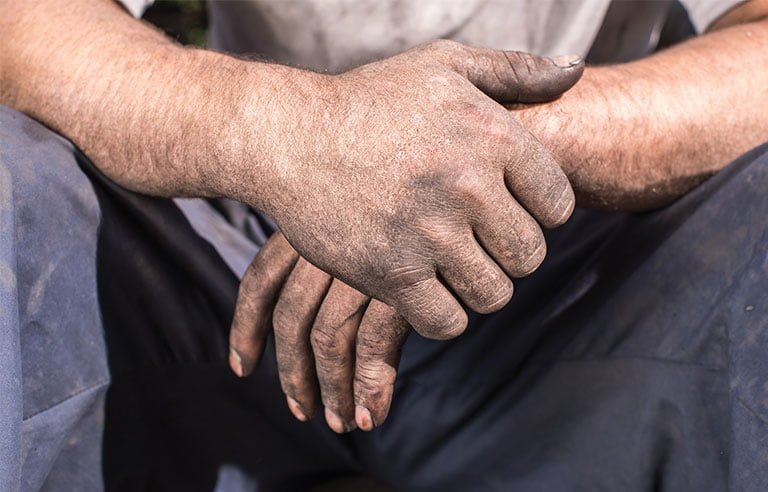Biological hazards are rarely given as much attention as other types of workplace hazards, yet they are present anywhere a worker can come into contact with other people.
There are four broad categories of workplace hazards:
- Physical
- Ergonomic
- Chemical
- Biological
And though the latter tends to receive less attention than the others, it’s present in virtually every workplace in some form and represents a serious threat to worker health and safety. Globally, an estimated 320,000 workers die each year from communicable diseases caused by work-related exposures to biological hazards.
In this article, we’ll specify what biological hazards are, who is at highest risk, and some effective ways to manage them in the workplace.

Breaking Down Biological Hazards
Biological hazards can be broadly defined as any risk that comes from the biosphere, including plants, animals, and humans.
A review written by toxicology researchers and published in the journal Safety and Health at Work defines occupational biohazards as “infectious agents or hazardous biological materials that exert harmful effects on workers’ health, either directly thorough infection or indirectly through damage to the working environment, and it can also include medical waste or samples of a microorganism, virus, or toxin from a biological source.”
Two of the most common (and easily identifiable) biohazards are blood and bodily fluids, including saliva, mucous, urine, and feces. These are risks in every work environment that has people. Other common biohazards include airborne pathogens (such as the common cold), wastewater, and sewage.
Common biological hazards derived from the environment include mold and fungi, harmful plants, stinging insects, and animal and bird droppings. Workers who spend time in close proximity to animals must be wary of the additional risks that these work activities carry. Rabies, leptospirosis, and other animal-borne diseases may be transferred to humans who come into contact with infected animals or animal waste.
Are You at Risk?
The short answer to this question is that just about every worker is at risk of coming into contact with some kind of biological hazard, whether that be human blood, organic matter, or airborne pathogens.
With that said, though, there are some industries and workers that are routinely exposed to these risks. These include:
- Workers exposed to bodily fluids, including healthcare workers, personal service workers, and dental professionals
- Workers in contact with live animals, including breeders, animal scientists, poultry handlers, farm workers, and laboratory animal workers
- Workers in contact with animal products, including butchers, farmers, meat packers, and freight handlers
- Workers exposed to ticks, fleas, and mites, including forestry workers, groundskeepers, landscapers, highway maintenance personnel, and pest control workers
- Workers exposed to human or animal waste, including child care workers, laboratory workers, sewer workers, and animal handlers
- Workers exposed to dust-containing pathogens (e.g. rodents, bird roosts, soil in endemic areas), including building cleaners, construction workers, granary workers, heating and air conditioning workers, gardeners, roofers, demolition workers, and farm workers
Studies on biological hazards in the workplace are lacking; however, a report by Safe Work Australia notes that 19 percent of surveyed workers reported exposure to biological hazards. Of those workers, three quarters reported that they were exposed to human bodily matter of some kind. According to the report, there were two industries that were, unsurprisingly, affected more than any other: (1) health and community services and (2) agriculture, forestry, and fishing.
Identifying and Managing Biological Hazards
Employers and safety professionals must take time to identify potential biological hazards and develop a plan to manage them.
When conducting a hazard assessment, consider the following questions:
- Are employees working around people who may have an illness or communicable disease?
- Is there the potential for employees to be exposed to blood and other bodily fluids?
- Are employees working with or in proximity to animals or insects?
- Is the workplace clear of mold and fungi?
- Are employees working around hazardous materials like sewage?
- Does the workplace have “sharp” materials that must be cleaned regularly and safety disposed of?
- If there are biological hazards in the workplace, do employees have the right protective gear to remain safe?
If the biological hazards identified cannot be eliminated, employers must take steps to reduce risk of exposure to an acceptable level and provide appropriate personal protective equipment to workers.
Engineering Controls
Engineering controls should be the first line of defense for protecting workers against biological hazards. Engineering controls work to reduce the risk of exposure through physical means.
While appropriate controls will vary depending on the specific hazards present in the workplace, the following are examples of effective options:
- Containment laboratories
- Microbiological safety cabinets
- Proper ventilation
- Proper storage, transport, and disposal of biologically hazardous materials
Administrative Controls
Administrative controls are the second line of defense.
One of the key methods of risk control in this category is safe operating procedures. Employers must detail procedures and processes that should be followed in order to protect workers from biological hazard risks, including things such as where and where it is necessary for workers to wear gloves. (For a primer on safety gloves,see How to Choose the Right Safety Gloves 12 Types of Hand Protection Gloves.)
Examples of other effective ways to use administrative controls to manage biological hazards include:
- Comprehensive employee education and training
- Adequate supervision
- Monitoring exposure and immunizations
- Generous sick leave policies (to discourage sick employees from coming to work)
- Clear emergency procedures
Personal Protective Equipment
Personal protective equipment (PPE) is the last line of defense against hazards, though it plays a critical role.
Examples of PPE to guard against biological hazards in the workplace include:
- Laboratory coats
- Non-permeable gloves
- Eye protection
- Masks or respiratory protection
Hazard Control Plan
Employers should have a written plan to identify, control, and manage the biological hazards present in their workplaces.
The plan should be easily accessible to employees and outline what the hazards are, the procedures and processes that should be used to control or manage them, and the training employees require. It should also clearly articulate emergency procedures in case of exposure.
As with other health and safety plans, biological hazard control plans should be reviewed and updated regularly – at least once per year.
Conclusion
It’s rare to find a workplace that is completely free of biological hazards. And while they’ve been studied less than other hazards in the workplace, biohazards are no less important or risky to workers. For this reason, you must conduct assessments to identify potential biological hazards and implement engineering and administrative controls to manage them.
Workers who may be exposed to biological hazards should be provided with the appropriate PPE and receive comprehensive education and training so that they understand how to stay safe on the job.



